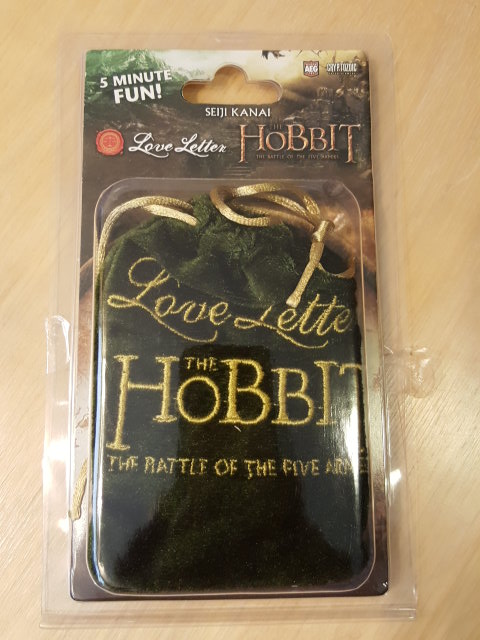With the release of Eternal Masters, one of the things that we will be doing at KD Games In the coming weeks is drafting. For many of you this is not a new concept, but with players of all different experiences that may not be the case for everyone.
For those of you completely new to drafting, the concept is simple. A number of players (usually eight, but it could be as few as four and as many as twelve) sit around a table with three booster packs. Each player opens his or her first pack, looks through it, and selects a card. The players then pass the packs to their left. This process continues until all of the cards from the first pack have been selected. Then, the players open the second pack, select a card, and pass the pack to the right. Once that pack is gone, players then open the final pack, select a card, and pass to the left again.
After all of the cards have been selected, you will have forty-five cards in front of you. You must then construct a deck of at least forty cards including basic lands.
Drafting can be overwhelming for new players, so here is simple guide to follow when drafting. Keep in mind that this is a beginner’s guide. If you have ever drafted in a Grand Prix or the Top 8 of a PTQ, this article isn’t for you.
Know the Cards!
First, know your format! What booster packs are you going to be drafting? It’s a good idea to know what cards are in those sets. If you have a look on Gatherer you will be able to find a full list of any set that MTG have released.
So, how do you know what cards to pick in your Draft? There is a simple acronym that is commonly used as a guideline for pick orders. That acronym is BREAD. You want to make your picks in the following order:
B – Bombs!
Bombs are super-powerful cards that are hard to deal with. Usually, if you play a bomb, unless your opponent answers it quickly, you will win the game.
If you are unsure of what a bomb is when evaluating a pack, ask yourself these questions:
- Is this card a big creature that is difficult to remove and hard to block? Any big creature with abilities that can swing the game in your favor is a bomb.
- Does this card have some sort of mass effect that provides card advantage? Does it kill creatures, make your opponent discard cards, or make your opponent lose a huge chunk of life?
- Does this card provide a huge, game-breaking effect? Planeswalkers, mass removal, etc
Bomb cards should be picked immediately if you see them—they are the most efficient ways to win games!
R – Removal!
The next cards you want to be looking for are cards that remove creatures or other problem cards. This can include burn, destroy effects, or creature enchantments such as Claustrophobia
or Bonds of Faith
. Removal is very important in Draft decks, and usually, the more removal you have, the better your deck will perform.
Not all removal is permanent removal. Some spells, such as bounce effects, only remove the creature for a short period of time. Although not permanent, that turn in which the creature is in your opponent’s hand will allow you to put significant pressure on him. Your opponent then has to spend all of his mana to recast that creature.
Some removal doesn’t actually kill a creature directly, but it does so in combat. These cards are commonly referred to as combat tricks.
Finally, some removal doesn’t look like removal at all—it’s just a creature with flash. Flash creatures are also considered combat tricks.
E – Evasion!
The next cards you want to draft are creatures with evasion—creatures that are hard to block. Usually in Limited games, players have a lot of random ground guys in play, and no player can attack beneficially. The game will then go to time and end up in a draw. This is where you need creatures with evasion. Anything with flying, fear, or that are unblockable are considered creatures with evasion.
A – Aggro!
Next step in drafting your deck is picking up creatures that round out the deck and fill up your mana curve. You want to be able to cast a creature every turn if possible. Therefore, it’s important to have guys that have different mana costs. A good rule of thumb is to have between thirteen and seventeen creatures in your Draft deck. Take a look at this deck that I recently drafted:
D – Duds!
The last types of cards you will be drafting are the bad ones. These are the cards that you will be picking up toward the end of the pack and usually don‘t want in your deck.
These last five or so picks in each pack are the picks where you should keep your sideboard in mind. Yes, you do have a sideboard in Draft. Any card you don’t end up playing becomes your sideboard, and you can sideboard any number of cards in between games. It doesn’t even have to be a one-for-one swap.
The situational cards that aren’t good enough for your maindeck but can be great in certain matchups are the types of cards you should by picking up for your sideboard.
So that is a very basic overview - there is lots more that can be said about DRAFT as it is one of the best ways to play MTG, but if this sounds like something you would enjoy the next thing you should do is play.

































